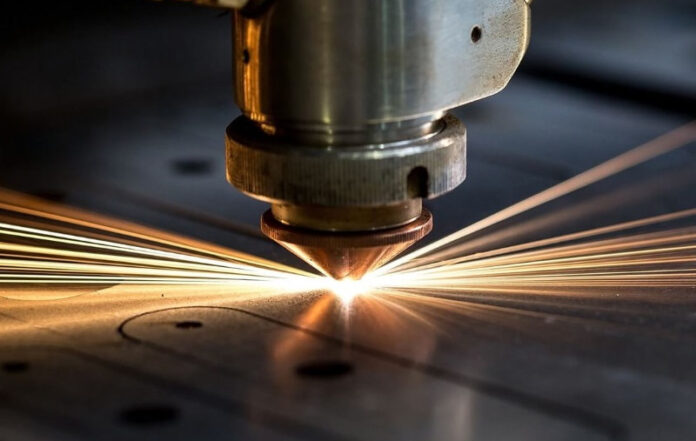Laser cutting is a technology that uses a laser to remove small bits of material. It can be used for a variety of different applications and has many advantages over other techniques.
It cuts through a wide range of materials, including wood, metals, plastics, and even glass. and it also saves time and money, compared to other methods of cutting.
Cost
Laser cutting is an advanced process that produces smooth, precise cuts with minimum material waste. However, it is a costly technology due to its initial capital costs and operational expenses.
Costs for laser cutting vary greatly depending on the type of materials you plan to cut and other factors like machine maintenance. If you decide to purchase a laser cutter, it is best to consult with a knowledgeable professional for recommendations on the most affordable machines for your needs and budget.
The cost of a laser cutting machine can range from several hundred dollars for entry-level hobby models all the way up to five figures for industrial-grade systems capable of high-precision cuts on thick materials. Moreover, there are hidden costs associated with maintaining a laser cutting machine that can affect your final cost significantly.
Speed
The laser cutter is a tool that uses a concentrated beam of light to cut metals, plastics, and other materials. This is done by directing the laser beam onto the material and sending a high voltage to it.
Then, the laser irradiates the material, and it either melts or ignites. The result is a narrow cut with a minimized heat-affected zone.
Fiber lasers are the most common type of laser used for laser cutting. This type of laser is very powerful and can pierce through very thin sheets of metal in less than an inch.
A fiber laser can also burn holes into thicker materials, allowing parts to be cut out of heavy plates without the need for tooling costs and a tool change process.
The speed of the machine is often a more important factor than the power or maximum laser speed when it comes to cycle time. This is because the rate the machine can decelerate into and accelerate out of corners and tight arcs has a significant impact on cycle time.
Safety
LASER CUTTING is an incredibly safe way to cut metal and other materials, as long as the person using it follows the proper safety precautions. However, careless operation of laser cutting machines could cause life-changing injuries to users and bystanders.
The American National Standards Institute (ANSI) classifies laser cutting machines as either Class 1 or Class 4. When operating a Class 4 machine, individuals need to wear protective eyewear, gloves, and other gear to protect them from harmful fumes and air particles.
Additionally, worksites need to follow ventilation requirements and install filtration and extraction systems for laser-generated vapors and air particles. Schools and buildings where laser cutting takes place also have to ensure they are equipped with the proper filtration, ventilation, and air quality equipment to protect students from potentially toxic fumes.
Another important consideration is fire safety. Various materials that are processed with laser cutters can be flammable, so workers must pay close attention to where they place the cutting table and keep a fire extinguisher within reach.
Design
Laser cutting is a process that uses a high-powered beam of light to cut materials. It can be used for a variety of applications, including slicing and dicing, and cutting intricate patterns and shapes in wood, glass and plastic.
In addition to being fast and effective, laser cutting is also environmentally friendly because it produces little waste material. This makes it an excellent choice for high-production environments.
The design of laser cutters is important for achieving the best quality cuts possible. Generally, the laser beam is focused using a high-quality lens on the work zone.
There are three main types of lasers used in laser cutting: CO2, Nd-YAG (neodymium yttrium aluminum garnet) and fiber lasers. Each has its own power range and can be used to cut different materials.








